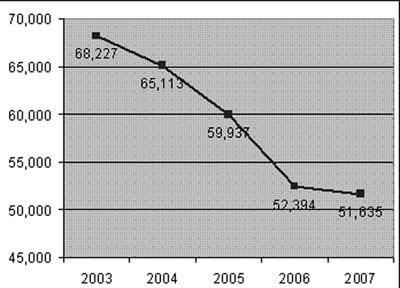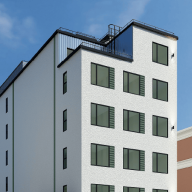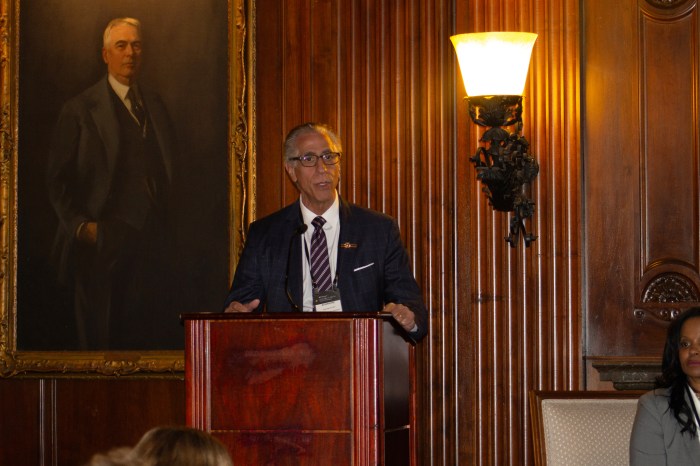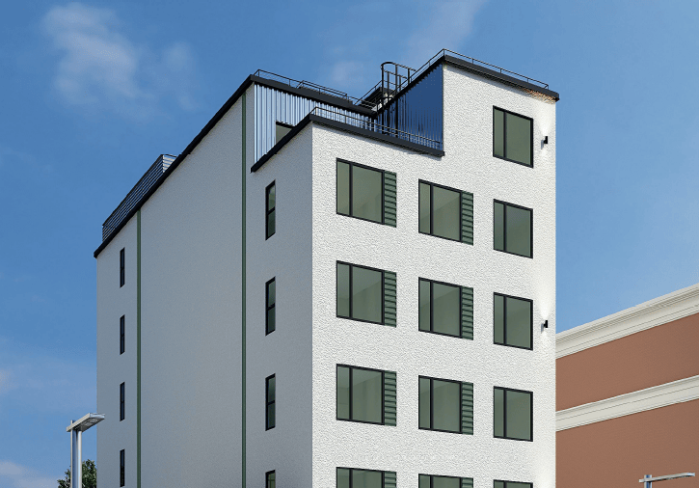With the support and leadership of the Jewish Home Board of Trustees, senior management and Genesys Engineering, as well as the help of New York State Energy Research and Development Authority, Holland’s “impossible” mission proved ultimately possible with direct benefits to the organization, the environment and the surrounding community.
“Each of the five connected buildings had a complex set of issues – from aged heating, ventilation and air conditioning systems to drafty windows,” noted Holland.
Working with NYSERDA, Holland facilitated several “go green” initiatives. The total value of the projects was approximately $5 million, and of that, NYSERDA provided over $800,000 in financial incentives.
Efforts included steam traps, which capture lost steam, increasing the efficiency of the heating system and decreasing waste of water and energy.
The 5.5 acre campus, which houses an 816-bed nursing home and rehabilitation center, with an additional 65 unites of affordable housing and 295 independent-living apartments, also replaced its lighting system to T-8, energy-efficient bulbs while creating a schedule to replace antiquated equipment with energy-efficient alternatives – including new refrigerators and other appliances in every resident’s apartment.
In addition, 400-ton gas engines replaced the absorption chillers in two buildings. This meant a fuel switch from oil to natural gas – a responsible, consequential change, as Holland explains.
Moreover, a Variable Frequency Drive acts much like a thermostat by only running the facilities’ fans at high speed when most needed, saving energy.
Co-generation plants will also produce electricity. The waste heat from the engines produces hot water for domestic use in buildings, reducing the need to use additional boilers for hot water production.
Any place that it can supply domestic hot water, Jewish Home is doing that off the byproducts of these units. The first year’s savings were $130,000, and the second year’s were $190,000. Next year’s savings are projected to be even higher.
Finally, Jewish Home Lifecare has decreased use of paper and plastic in several departments, from dining to office copiers. In just the first quarter of 2008, it has achieved a 7% decrease in paper – that’s 200,000 sheets.
“Introducing energy conservation projects to such an extensive campus with antiquated infrastructure was a significant undertaking, making the goal of a decreased carbon footprint and increased efficiency of Jewish Home Lifecare all the more critical, given the pressing concerns of global warming, the country’s oil dependency and rapidly rising fuel costs,” Holland stated.
Within 5 years, Jewish Home Lifecare will recoup its initial $4.2 million investment and see environmental and financial rewards for its “go green” efforts. The projects also resulted in approximately $600,000 savings annually in operating costs.
In 2003, the Bronx campus produced over 100 million pounds of CO2, which they reduced to over 7 million in 2007, the equivalent to removing 1,000 automobiles from the road each year.





















